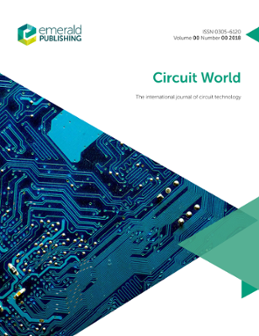Table of contents
The compatibility of epoxy‐based printed circuit boards with lead‐free assembly
Sylvia EhrlerAims to explain the main requirements for printed circuit boards (PCBs) and to determine the survival rate of boards in lead‐free assembly.
The influence of curing systems on epoxide‐based PCB laminate performance
Yih‐Rern Peng, Xiaolong Qi, Christos ChrisafidesThere are many considerations that have to be taken into account when balancing the properties epoxy‐based laminate and prepreg materials must have in order to meet the array of…
New materials and build‐up constructions for advanced rigid‐flex PCB applications
Tarja Rapala‐Virtanen, Timo JokelaThis paper aims to explain how the goals have been met to manufacture rigid‐flex printed circuit boards (PCBs) in equipment used for rigid PCBs by utilizing new materials and…
3D PCB architecture for next generation high speed interconnections
Joseph Fjelstad, Kevin Grundy, Gary YasumuraTo review the challenges confronting the electronics interconnection industry as it transitions into the gigahertz frequency range and to describe novel prospective solutions…
Digital printing for printed circuit boards
John G.V. ScottTo review opportunities for use of digital printing in the printed circuit board (PCB) industry and to introduce background to ink jet printing, process development and…
Superior, whisker‐reduced immersion tin technology
Sabine SchroederTo provide information about latest product developments to address and take away the fear of whisker formation on pure immersion tin surface finishes on PCBs.
The water break test
Brian EllisTo discuss the validity of the water break test, commonly used as a means of cleanliness determination in the printed circuit fabrication industry.

ISSN:
0305-6120Online date, start – end:
1974Copyright Holder:
Emerald Publishing LimitedOpen Access:
hybridEditor:
- Associate Professor Pooya Davari